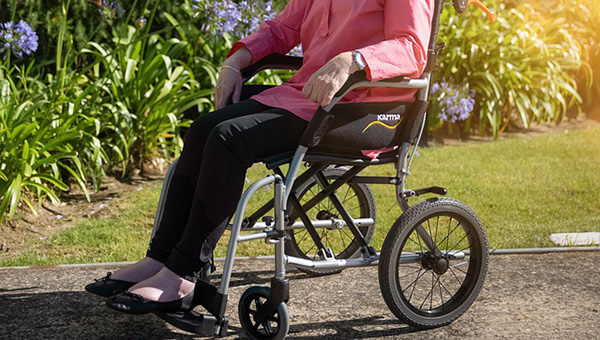We all have our hobbies and talents, something we find joy in doing. For green-aged people over 50, their joy may have been in their work and career, and after retiring, it may now be in their family and personal life. Hence, developing a new interest is an excellent start to make your second half of life more fulfilling. Among them, swimming is a perfect hobby for both body and mind.
What benefits would swimming bring for green-aged people?
-
Exercise not only keeps the body young but also activates the brain
-
Strengthens the body and improves cardiorespiratory endurance
-
Enhances cognitive function and prevents dementia
-
Reduce the risk of death from heart disease and stroke
-
Improves motor function and reduces joint pain in patients with degenerative arthritis
What should green-aged people pay attention to when swimming?
-
Attire: Since swimsuits are very close-fitting, especially when they get wet, it is recommended to wear a two-piece suit. If you need to go to the toilet, this will be more convenient than the standard one piece.
-
Bring a medium-sized towel and dry yourself after jumping in the pool. If the pool is air-conditioned, bring a light washable coat or bathrobe to stay warm while waiting on the side of the pool.
-
Do your warm-ups and cool-downs before and after swimming. For example: practice breathing in the water as a warm-up.
-
Keep an eye on the water temperature of the swimming pool. Some room-temperature pools may be cooler, so be aware of your ability to tolerate the temperature of the pool when learning to swim.
-
There are a range of swimming lessons or swim coaches you can go to start learning how to swim. Professional swimming guidance and mutual support improves swimming safety, learning efficiency and motivation.
-
Those who have not exercised before should take a break at least every 20 minutes of swimming. Alternatively, if you are feeling light-headed, stop immediately and take a break. Elderly people with good physical fitness, should also keep in mind not to exceed 90 minutes, so as to avoid excessive loss of water and body temperature.
For beginners, what should you pay attention to?
-
Beginners can start with 10-15 minutes intervals with breaks in between and just do what they can. Remember, there is no rush when learning to swim!
-
Patients with low back pain, should pay more attention to correct posture to prevent injuries when swimming. If you feel any discomfort or pain, please do not continue.
-
After a period of time, depending on your physical strength, you can choose to swim at least 3 times a week, each time for about 45 minutes.
-
Patients with diabetes, high blood pressure, and/or arthritis should consult a family doctor or physical therapist before learning to swim.
Green-aged people can choose suitable swimming courses for themselves according to their physical ability and time. Luckily, the Leisure and Cultural Services Department regularly organises swimming training courses for the elderly. For details, please
click here.
References
黃埔體育會
游泳班比較
游泳好處多,運動傷害要留意
讓自己大腦持續創新的學習法
 Electric wheelchair
Electric wheelchair A Passionate Life-long Learner -- An exclusive interview with Dr Caroline Keung
A Passionate Life-long Learner -- An exclusive interview with Dr Caroline Keung